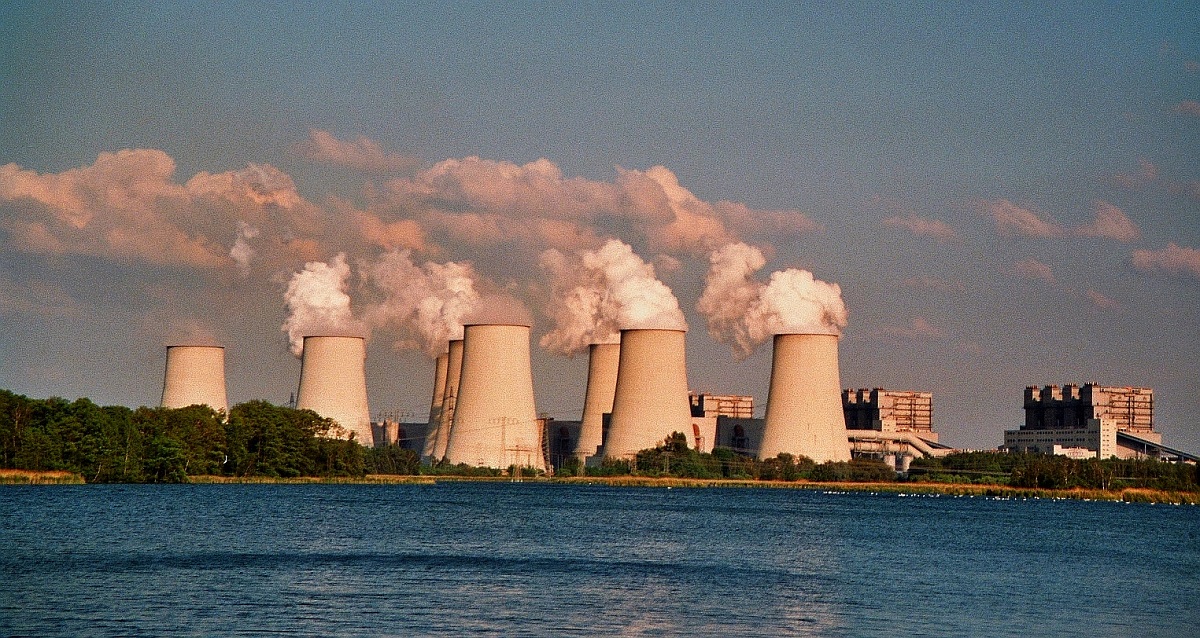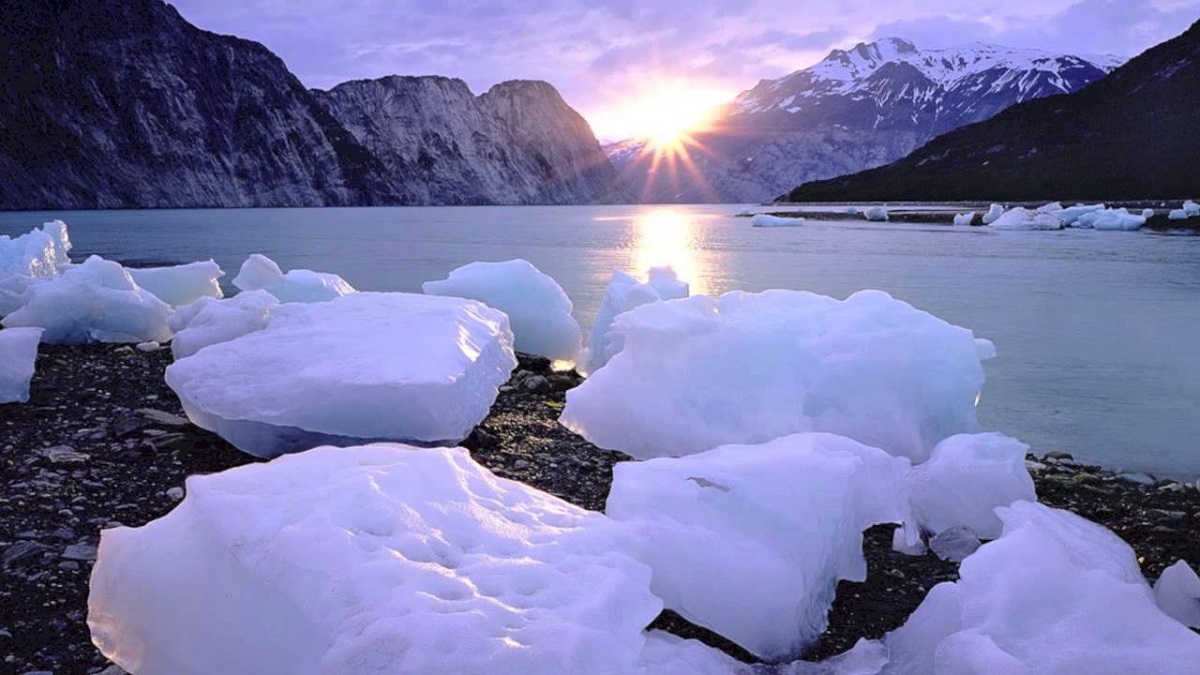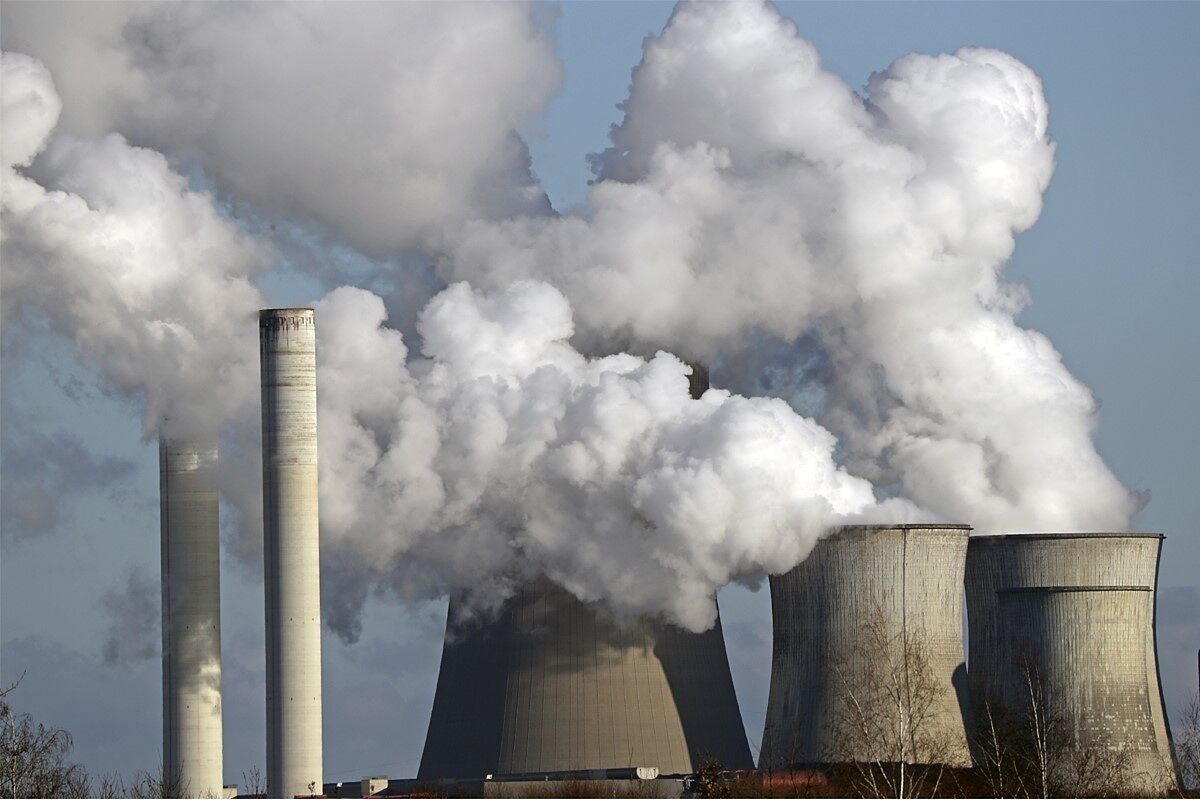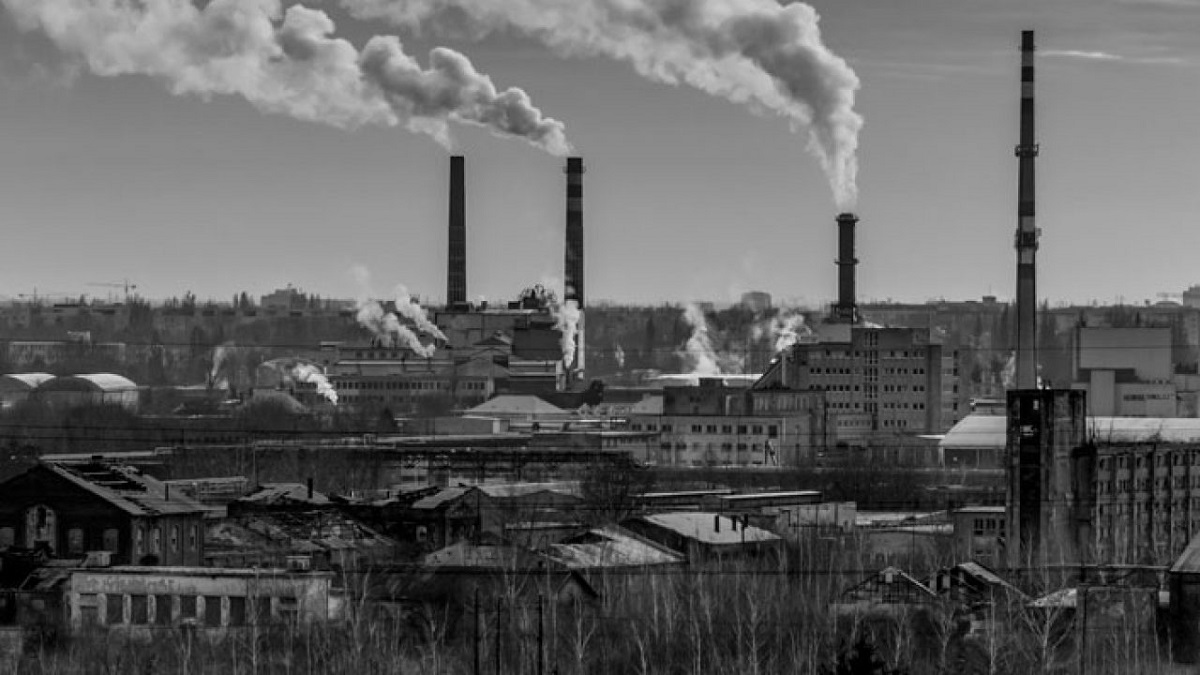
We know that there are different types of pollution in the world. Pollution is that type of external agent that is introduced into a natural ecosystem and modifies its intrinsic characteristics. In this case, we are going to talk about the thermal pollution. It's about environmental degradation that has to do with heat.
In this article we are going to tell you everything you need to know about thermal pollution, its origins, characteristics and consequences.
What is thermal pollution

Thermal pollution is known as a form of environmental degradation, especially of water (since air dissipates heat faster). It is produced by the presence of activities of various kinds that cause its temperature to continue to increase. In other forms of contamination chemical or physical elements are introduced that alter the properties of the environment and affect its delicate biochemical balance.
Something very similar happens when we talk about thermal pollution, but it has to do with the excess energy produced by some human activity, which is usually emitted into the environment as extra heat, altering it physically and chemically. This is a less mentioned type of contamination, but just as important. In recent years, many environmental groups have begun to combat thermal pollution.
The first thing to understand about thermal pollution is that heat catalyzes chemical reactions. Catalyze means to speed them up by introducing energy. It can even cause reactions to occur below a few degrees due to lack of energy. That is the big problem of thermal pollution: the unpredictable effects of heat on the environment.
Causes of thermal pollution

Deforestation is one of the causes of thermal pollution. Thermal pollution is caused by those industrial or technological factors that introduce heat into the environment in an uncontrolled way. For example:
- Cooling water discharge. In many industrial facilities, steel plants or power generation facilities, processes are carried out at high temperatures, and when materials need to be cooled, water drawn from rivers, lakes or oceans is used. It came back after some filtration and stabilization, but at a much higher temperature than when it was originally collected.
- Cold water discharge. The same happens in gas liquefaction plants, the process is usually endothermic (consuming energy) so it cools the surrounding material. These plants dump cold water into rivers and oceans, which is also a form of thermal pollution.
- Deforestation and soil erosion. These factors often raise water levels or expose bodies of water to sunlight, which can lead to abnormal heating.
- Natural causes. Volcanic and geothermal activity also affects the heating of groundwater and seawater, with considerable environmental impacts.
Consequences

Temperature changes can affect life and reproduction in the ocean. The consequences of these ambient temperature changes are especially pronounced in aquatic environments and involve the following:
- Reduce oxygen in the water. Due to excess internal energy, hot water can retain less dissolved oxygen than cold water. This makes the water less suitable for life and suffocates animal species.
- nutritional imbalance. High levels of water temperature can accelerate some reproductive processes and slow down others, causing some species to reproduce disorderly and, on the other hand, declining in others. All this upsets the delicate nutritional balance of the ecosystem.
- release toxins. The warming of seawater catalyzes or produces uncontrolled chemical reactions with unpredictable effects on ecosystems, leading to mass mortality, uncontrolled proliferation of species or biochemical imbalances.
- mass migration. Warming the water and air in some areas may not be suitable for endemic species, forcing them to leave their habitat and invade other species. This affects biodiversity loss and population decline in the area.
Possible solutions
The fight against thermal pollution requires a concerted effort on the part of the State, private organizations and economic interests, which makes it difficult to reach an agreement. Some of the measures adopted in this regard are:
- Implement normalization measures before returning the watersuch as free cooling or heating stations.
- Recover instead of releasing hot water from industrial processes: for domestic heating or reinjection and industrial reuse.
- Carry out the exploration and use of alternative energy of nuclear power, and nuclear power uses boiled water to generate electricity.
- Strengthen ecological legislation related to industrial activities to ensure that appropriate sanctions are applied.
- Reforestation programs and expansion of protected areas.
Global warming
The melting of the poles raises the Earth's water table. Thermal pollution is just one more factor in the serious problem of global warming that our planet has been facing since the end of the XNUMXth century. This process of rising global temperatures has catastrophic ecological consequences.
These include the melting of the poles and the consequent rise in the level of the world's waters, the desertification of large geographic areas and the breeding of more extreme climates. In this sense, the fight against thermal pollution will also help restore the global thermal balance.
Importance and examples of thermal pollution
The different points of view related to thermal pollution agree that something must be done to reduce the impact of these activities on the global heat balance. The difficulty of changing long-standing industrial practices and the economic interests that depend on them are some of the challenges that these types of initiatives must face.
They have become more urgent than ever, as the industrial model of society has begun to exhibit enormous ecological costs. Some examples of thermal pollution are:
- The accumulation of air conditioning units in urban areas, whose rear part exhales hot air whose temperature can increase the air.
- Discharge of superheated water from steel plants, used to cool heavy metals (often contaminated with solid waste suspended in them).
- Deforestation in the Amazon region of South America by the wood and paper industries exposes large areas of soil and water to sunlight.
I hope that with this information you can learn more about thermal pollution and its consequences.